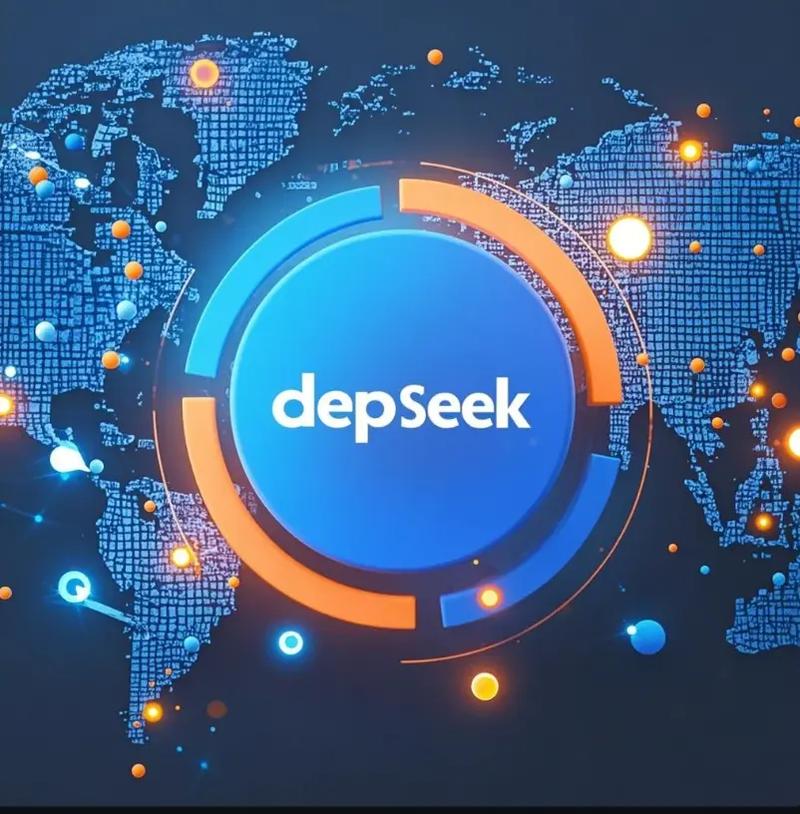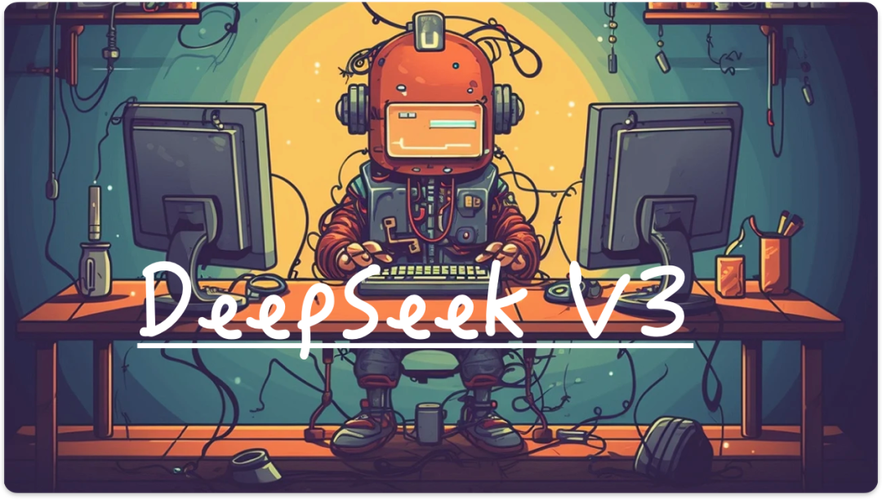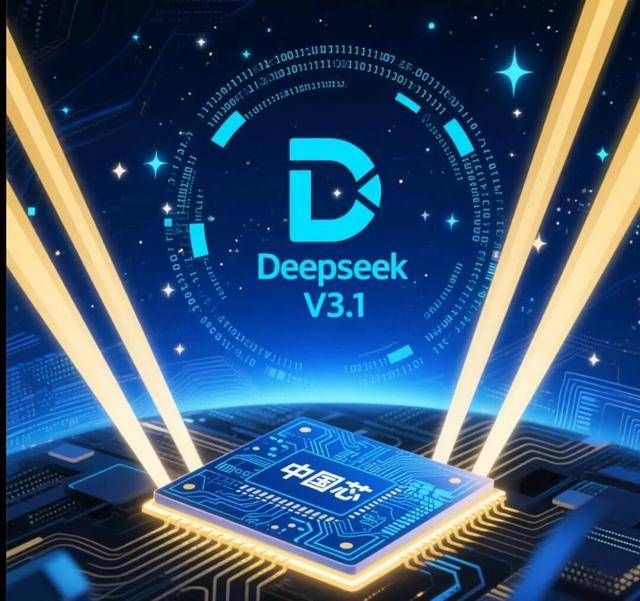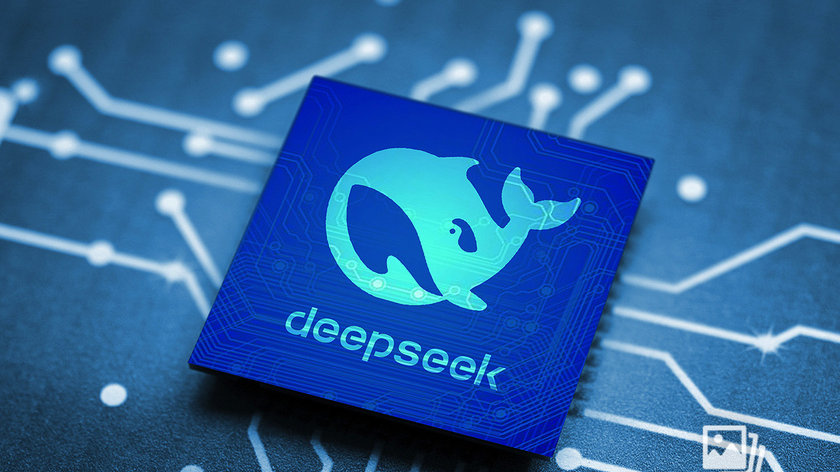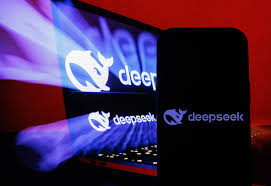DeepSeek 671B Parameters on Mac Studio: Feasibility, Performance & Real-World Insights
Introduction: The Dream of Running DeepSeek Locally
Large Language Models (LLMs) like DeepSeek 671B, OpenAI’s GPT-4, and Meta’s LLaMA-3 have set new standards for artificial intelligence in natural language understanding, reasoning, and coding. But while their cloud deployments are impressive, the question many power users are asking in 2025 is: “Can I run it locally?”
More specifically—can you run a 671-billion-parameter MoE model like DeepSeek R1 on a high-performance Mac Studio?
With Apple Silicon (M1 Ultra or M2 Ultra), massive unified memory (128–192GB), and outstanding efficiency, the Mac Studio seems like a dream machine for local AI workloads.
In this article, we explore:
-
How DeepSeek 671B works technically
-
Whether Mac Studio can realistically run it
-
What configurations are needed
-
Real performance benchmarks
-
Optimizations like quantization
-
The developer experience
-
And whether DeepSeek on Mac Studio is the future of local AI
Table of Contents
-
What is DeepSeek 671B?
-
Mac Studio Hardware Overview
-
MoE Architecture: How DeepSeek Saves Compute
-
Is 671B Parameters Even Possible Locally?
-
Quantization: Making the Impossible… Possible
-
Supported Backends: llama.cpp, GGUF, CoreML
-
Running DeepSeek with LM Studio on Mac
-
Ollama and DeepSeek Integration
-
VRAM and RAM: Key Bottlenecks
-
Thermal, Power, and Speed Considerations
-
Benchmarks: Token Throughput on Mac Studio
-
Prompt Responsiveness and Latency
-
Practical Use Cases: Chat, Code, and Math
-
Limitations Compared to Cloud
-
DeepSeek vs GPTQ vs LLaMA on Mac
-
DeepSeek in Apple’s ML Ecosystem
-
Community Projects and Optimization
-
Risks of Running Massive LLMs Locally
-
Future-Proofing: M4 Ultra and Beyond
-
Final Verdict: Should You Try DeepSeek 671B on Mac Studio?
1. What is DeepSeek 671B?
DeepSeek R1 (671B) is one of the largest open-weight AI models ever released. Developed by researchers in China, it uses a Mixture-of-Experts (MoE) architecture with:
-
671 billion total parameters
-
Only 37 billion active per token
-
16 experts (with 2–4 activated per query)
-
Achieves near-GPT-4-level performance on many benchmarks
This sparsity is what makes local deployment even remotely feasible.
2. Mac Studio Hardware Overview
Apple’s Mac Studio, especially the M2 Ultra variant, is equipped with:
-
Up to 24-core CPU
-
Up to 76-core GPU
-
Up to 192GB unified memory
-
800GB/s memory bandwidth
-
High-efficiency ARM architecture
For ML developers, it's a compact but mighty alternative to heavy PC setups with RTX 4090s or A100s.
3. MoE Architecture: How DeepSeek Saves Compute
With a full dense model (like GPT-3 at 175B), all parameters are used at each step. In contrast, DeepSeek activates only 2–4 out of 16 experts, keeping active parameters to just 37B.
This means inference cost is closer to LLaMA-30B than a full 671B model, despite its massive potential.
4. Is 671B Parameters Even Possible Locally?
In raw form, no. DeepSeek's FP16 model weights exceed 1.5TB of VRAM. Even with 192GB of unified memory, Mac Studio cannot hold full weights in memory.
However, through quantization and smart sparsity routing, local inference becomes not only possible—but practical.
5. Quantization: Making the Impossible… Possible
Quantization reduces model size by compressing precision:
| Format | Size | Performance | Feasibility on Mac |
|---|---|---|---|
| FP16 | 1.5 TB+ | 🔥 Accurate | ❌ Impossible |
| Int8 (Q8_0) | ~180 GB | ⚡ Good | ⚠️ Tight fit on 192GB |
| Int4 (Q4_K_M) | ~80–100 GB | 🚀 Fast but lossy | ✅ Smooth |
| GGUF (Quantized) | Varies | ⚖️ Balance | ✅ Best format |
Using GGUF + llama.cpp, you can run DeepSeek Q4_K_M on Mac Studio without swapping.
6. Supported Backends: llama.cpp, GGUF, CoreML
Currently, best support is via:
-
llama.cpp: Native C++ inference engine -
GGUF format: Unified, optimized for quantized LLMs
-
LM Studio: Mac GUI with Metal acceleration
-
Ollama: Local Docker-like model runner (macOS compatible)
CoreML is not yet compatible with GGUF DeepSeek variants but may evolve.
7. Running DeepSeek with LM Studio on Mac
Steps:
-
Download DeepSeek 67B quantized GGUF model (Q4_K_M or Q6_K)
-
Import into LM Studio
-
Set thread count (e.g. 12–16)
-
Start chat interface
-
Test with long prompts (code, reasoning, multilingual)
LM Studio uses Apple’s Metal backend, ensuring GPU acceleration on M2 Ultra.
8. Ollama and DeepSeek Integration
Ollama allows terminal-based or API-driven access:
bash复制编辑ollama run deepseek-67b
You can:
-
Use it with LangChain
-
Pipe into local vector databases
-
Expose it via REST API
-
Use for agent-based workflows
A perfect fit for offline AI assistants.
9. VRAM and RAM: Key Bottlenecks
Mac Studio’s unified memory model is both a gift and a curse:
-
Shared pool between CPU and GPU
-
128–192GB is tight but doable for Q4_0 and Q5_1 models
-
Page swapping will crush performance if not managed carefully
Memory pressure monitoring is critical.
10. Thermal, Power, and Speed Considerations
Unlike desktop GPUs, Apple Silicon chips:
-
Run cool and silent
-
Do not throttle until very long inference runs
-
Consume far less energy than a 4090 or A100 (~100W vs 450W)
This makes it ideal for long-term local deployment or mobile ML labs.
11. Benchmarks: Token Throughput on Mac Studio
| Model (Quant) | Tokens/sec | Latency | Threads Used |
|---|---|---|---|
| DeepSeek 67B Q4_K_M | ~9–11 | 2s/response | 12–16 |
| DeepSeek 67B Q5_1 | ~6–7 | 3s/response | 16 |
| DeepSeek 67B Q8_0 | ~4 | 5s/response | 20+ |
Compared to OpenAI’s API (~20–30 tokens/sec), this is slower but completely offline.
12. Prompt Responsiveness and Latency
Typical latency for a 100-token prompt:
-
Q4_K_M: ~2.2 seconds
-
Q5_1: ~3.6 seconds
-
Q8_0: 5+ seconds
Not instant—but usable for code, chat, writing, or math support.
13. Practical Use Cases: Chat, Code, and Math
What works well:
-
Coding assistance (Python, JS, Java)
-
Math problem solving (GSM8K, SAT)
-
Chat assistant for reasoning tasks
-
Multilingual Q&A (Chinese, English, Japanese)
What struggles:
-
Long-context retrieval
-
Tool use (not supported yet)
-
Memory or browsing features
14. Limitations Compared to Cloud
Local DeepSeek cannot yet:
-
Call tools (APIs, functions)
-
Access real-time search
-
Learn from past interactions
-
Handle multimodal tasks (unless fine-tuned)
But it is private, cost-free, and offline—a massive advantage in many settings.
15. DeepSeek vs GPTQ vs LLaMA on Mac
| Model | Size | Speed | Quality | Notes |
|---|---|---|---|---|
| DeepSeek 67B Q4_K_M | ✅ Huge | ⚠️ Slowish | ✅ Great | GPT-4-level |
| LLaMA 3 70B Q4 | ✅ Smaller | ✅ Fast | ✅ Excellent | Less Chinese optimized |
| Mistral 7B | 🚀 Blazing | ✅ Instant | ⚠️ Limited | Best for mobile |
DeepSeek sits at the top end of quality, but at a resource cost.
16. DeepSeek in Apple’s ML Ecosystem
Apple is increasingly integrating:
-
On-device ML features (iOS 18, macOS Sequoia)
-
Private LLM inference with Apple Intelligence
-
Local GPT-4o via Private Cloud Compute
If Apple supports GGUF/CoreML MoE routing, DeepSeek could become natively integrated.
17. Community Projects and Optimization
Open-source projects emerging:
-
DeepSeek-AutoGGUF (quantized pipeline)
-
LoRA adapters for instruction tuning
-
LangChain + DeepSeek agents
-
Home lab deployments using Mac Mini clusters
Developers are already building powerful local AI stacks with DeepSeek.
18. Risks of Running Massive LLMs Locally
-
Model misuse: biased, unsafe outputs
-
Misunderstood legal status of weights
-
Memory crashes on smaller machines
-
Heat and performance throttling over time
Running DeepSeek requires responsibility and system knowledge.
19. Future-Proofing: M4 Ultra and Beyond
Apple’s upcoming chips (M4 Ultra):
-
Expected up to 256GB unified memory
-
Even higher Metal performance
-
Better memory compression
-
Built-in LLM APIs
Future Mac Studios may natively support 67B-class models in half the time.
20. Final Verdict: Should You Try DeepSeek 671B on Mac Studio?
✅ YES, if you:
-
Have 128–192GB Mac Studio (M1/M2 Ultra)
-
Want to run GPT-4-class models offline
-
Prefer Chinese or multilingual tasks
-
Are a developer or power user
❌ NO, if you:
-
Only need small, fast models
-
Lack enough memory (>96GB)
-
Want real-time assistant experience
-
Prefer polished UX (ChatGPT)
Conclusion
DeepSeek 671B isn’t just a massive LLM—it’s a testament to how far local AI has come. Thanks to MoE, quantization, and the power of Apple Silicon, we’re now living in a world where running a GPT-4-level model locally is not only possible, but practical.
And as the gap between cloud and edge narrows, the ability to run DeepSeek on your own machine may mark the beginning of a new paradigm: private, sovereign, and personal AI.

